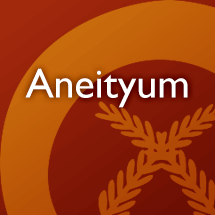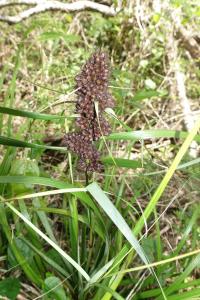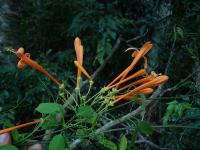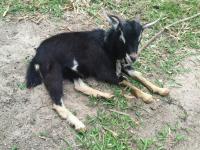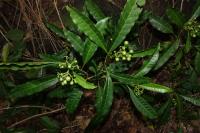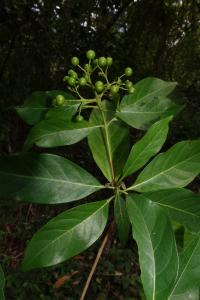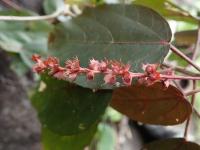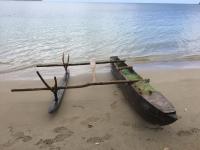An example search has returned 100 entries
aihon
v. to spit on leaves; to chew leaves for sickness
bookmarkaraparap
n. sunset
bookmarkincetevak

n. Pink Squirrelfish
Example: Photo by Jeffrey T. Williams / Smithsonian Institution, License: CC BY-SA 3.0 via Fishes of Australia
bookmarkingaije
n. kind of tree
bookmarkinhaij
n. the candle-nut tree; also "inhaig"
bookmarkinhalav imtinjap
n. wind-related term; no definition provided. Possibly referring to "inhalav" ’child’.
bookmarkinhoam̃a
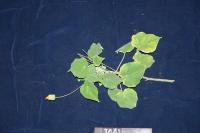
n. shrub, 1 m tall (collection: Gregory M. Plunkett #3441)
Example: Flowers put in hear as an ornament that has power because it is so beautiful. Leaves are burned and added to a bamboo pipe and mix with a foam that forms in fresh water, when people go to a traditional dance, men paint part of their face eyebrows and beard to attract attention, hence the name, pone part of which "am̃a" means "staring", because it will cause people to stare at the one wearing it.
bookmarkinholai

n. Blue sea chub, snubnose chub, topsail drummer
Example: Photo by ANFC, License: CC BY-NC 3.0 via via Fishes of Australia
bookmarkinjedete anawanarin
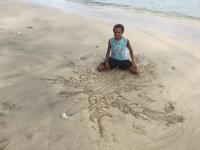
inlepei u inpoded atamaiñ
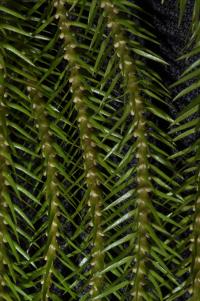
inmowad
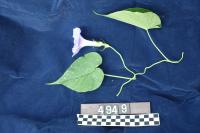
n. vine to 40 cm, flowers blue (collection: Michael J. Balick #4949)
Example: To heal cuts, select a piece of the larger part of the stem (woody) cut a 6 inch piece and blow on one end; the sap comes o ut on the other end and this can be used to cover the wound. As a pig feed, people collect the stems and leaves and feed these to the pigs.
bookmarkinpa

n. shrub. Growing in the village. Cultivated. (collection: Ashley A McGuigan #26)
Example: 1a. To stay healthy while pregnant - grate 1 coconut with nekei leaves, about a handfull (8). And 8 inpa leaves and 8 niditau leaves. Pound all of this together and squeeze juice out and bath in this then jump into a clear river to wash it off. 1b. Handful of leaves mashed with grated coconut and put in a shell, heat stones and put in shell, then take hot liquid to rub on body of woman who have just delivered to make their bodies healthy again, back to normal – when they deliver they are in huts, then wash with this and then come out of the huts and rejoin family. 2. Symbolic plant for peace (name means peace). 3. Message plant – put small tips of leaves in hair or make hat out of it and people know you come in peace. 4. When giving a gift, put this leaf on the gift, as in a basket – people wear them they are happy and peaceful – it is symbolic of Aneityumese people – so even when the people leave the island they will grow this plant. 5. People bathe with this leaf, mixed with grated coconut and cover body and hair to smell good and be strong. 6. Mosquito repellant, build fire, put green leaves on top, smoke and aroma chases mosquito away. 7. Take top of leaf with 3 young leaves and put in hair as there is the belief that this plant symbolizes the trinity. So it protects people. If a person from the island goes elsewhere and is faced with black magic they bathe with a handful of leaves, boil them and bathe with the liquid to remove the spell. 8. Decorate people with this leaf day feasts, weddings, and other events – very sacred.
bookmarkintal eref nein
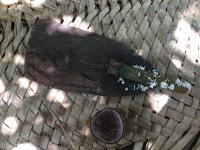
intinan nopoi
n. the wicker-work bed (constellation?)
bookmarkintisiancai
n. blossom (open)
bookmarkinyebec
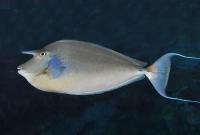
n. Bluespine unicornfish
Example: Photo by Ross D. Robertson / Shorefishes of the Neotropics, License: CC BY-SA 3.0 via Fishes of Australia
bookmarkkatupinmi
n. kind of taro
bookmarkkidie ~ kithi
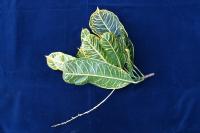
n. shrub, 1. 5 m tall (collection: Gregory M. Plunkett #3205)
Example: 1. Plant this tree at each of the four corners of a fence to keep your pigs in and protect against a type of bad luck. If a man sleeps with his wife who is having her period, and then the man goes to see the pig, the pig will suffer and not grow strong and not have many piglets. So the presence of this plant controls against bad luck that others can bring to your pig farm. 2. This is an ornamental plant grown around the home. Sticks of this plant are planted around the outside of the garden and grow to create a fence, to protect the crops and keep them healthy, as well as protect the crops from people that are not cleansed in the ritual way. 3. This species is also planted around the house to add color and is very decorative in general. 4. For fertilizer in taro holes for water taro. For baly(?) taro and water taro, lay these flat on the surface of the charcoal, then lay the food – taro, cassava – on this and cover with another layer, add hot stones and cook. 4. Pig food, goat food.
bookmarklaknu

mak
adj. smooth, applied to sugarcane-leaf thatch
bookmarkmaprum

nahtancai upunupun
n. thorn
bookmarkname cedo
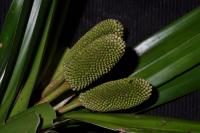
n. epiphytic liana climbing up several canopy trees, growing on slope in primary forest. (collection: Gregory M. Plunkett #4023)
Example: 1. The roots of this plant are used to make "Nopoy"--a traditional trap used to catch fish and lobster. The outer bark of the roots are removed and sun-dried. The roots are then split into several pieces and they are woven in an open fashion similar to a "noporapora"--a type of market basket fashioned from coconut leaflets.
bookmarknamop
n. kind of tree
bookmarknanad

napod
n. kind of tree
bookmarknarakiraki
n. a whirlwind
bookmarknarayag
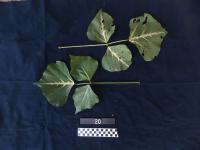
n. tree. Growing in village garden. (collection: Ashley A McGuigan #20)
Example: 1. To cure toothache when pregnant - Take the inner bark from Intejed and boil it in a pot of seawater (about 1 liter) along with 2 leaves from each of inpounatmas, narayag, nahayag, and nelmaha. Boil until juice is visibly leaving the plants. Put this water into your mouth and hold it there for 2-3 minutes. Do this this with one cup in the morning, 1 cup in the afternoon, and 1 cup in the evening. 2. Plant used to check with fish has ciguatera, in same way as other collection – GMP #4768. Stick white – OK to eat. Stick black or brown – not good.
bookmarknasanhac
n. the poison of the inhac
bookmarknau
n a plant, with upright clumping. (collection: Ashley A McGuigan #25)
Example: 1. To cure the sea snake (nispev) curse that causes missed periods. First the husband must combine 4 young leaves of incispev and 4young leaves of nafanu and mash and squueze the juice into a small bamboo (1-1.5 inch diameter) The nafanu is important because it is a plant that connects to the sea. Use wildcane leaves cover the bamboo closed. Go to the sick person and unwrap the snake from her. Start from the top and let the woman drink a small part of the potion then wash her with the mixture, making sure to wash head, elbows, knees, feet, and belly. Then take a leaf of naha and break it over
bookmarknaupigat
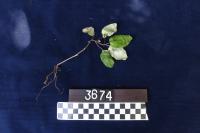
naurakiti

n. herb. Swamp areas. (collection: Ashley A McGuigan #8)
Example: 1. Cervical pain and to return it to normal size - Get a handful of Naurakiti and boil it in a pot of water. This can also be done by rubbing the handful of leaves together and squeezing out the juice into the boiling water but the leaves do not go inside. Sit in this for 2 hours or until cold for 1 a day for a week. 2. Medicine: leaf juice put on fresh cut to stop bleeding. Stomachache, headache – use 1 handful of leaves, squeeze these, put in cup, put in some water and drink it 1x day. 3. Women menstruation that will not stop, take 1 handful of leaves into a cup of water and drink 1x day for 3 days. 4. If a person’s joints are sore, take a handful of leaves, crush them and rub on the sore joints. Some people don’t like to use it internally as it can make some people sick, especially small children, but others say it is OK to use.
bookmarknauun
n. a stem
bookmarknauyerop̃ u inman
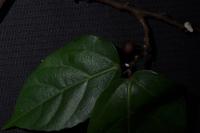
neaig ahi
n. a white coconut
bookmarknegna
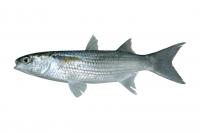
n. Bluespot mullet
Example: Photo by Biodiversity Institute of Ontario, License: CC BY-SA 3.0 via Fishes of Australia
bookmarkneijip
n. a mat of coconut leaf
bookmarkneijiv
n. fir; pine
bookmarknejev

n. Skipjack tuna
Example: Photo by Krw130lm / Fishes of Australia, License: CC BY-A-SA 3.0 via Fishes of Australia
bookmarknekei atimi
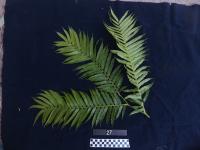
n. fern. Growing in a village back path. (collection: Ashley A McGuigan #28)
Example: 1. To cure when the anus falls out - Pound together 1 braches worth of inpalcapnesgin leaves and of both inloptiri (2-4 leaves, any age), also take the inner bark of nekeaitimi and nakhe. Put this into your hand, or another leaf and give it to the person to use it. This should be applied to the anus whenever the anus comes out. USed to use a clam shell to extract the bark but not anymore.
bookmarknekrolas
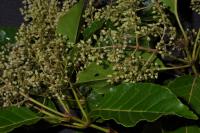
nelpon nohop a nelco

nepek cat
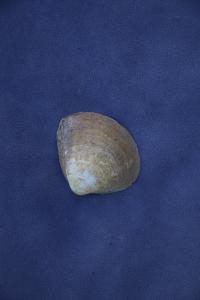
nerere
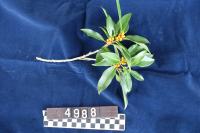
n. tree to 10 m, dbh 75 cm (collection: Michael J. Balick #4988)
Example: The young aerial roots are cut from the stems of the tree and used as a local rope, to tie things, help construct temporary shelters, as well as to make string for a hunting bow. Flying foxes like to eat this fruit so in the night when the fruit is mature hunters come by this tree to hunt flying foxes as well as hunting birds during the day. Hunters use bows and arrows for birds, and throwing sticks (natou) made from any plant to hunt flying foxes.
bookmarkniducei
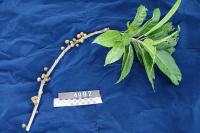
n. tree to 4 m, dbh 6 cm (collection: Michael J. Balick #4992)
Example: The stems of this plant are good for making temporary houses in the bush. When used as firewood, the stems are said to "hold the fire," meaning they burn a long time, even all night so in the morning the fire can be restarted by adding kindling. This wood is said to be good when a person has no matches, as the fire can be restarted easily. Young leaves of this species can be wrapped around ground coconut and eaten raw. The young leaves can also be boiled in water for 15 minutes, coconut milk added, and eaten with tubers such as cassava. The young leaves can be wrapped around beef or pork, tied with a string from Pandanus and cooked in the earth oven.
bookmarknilpudou
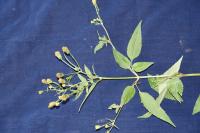
n. herb to 50 cm, flowers yellow. (collection: Michael J. Balick #4944)
Example: As a tonic medicine, collect a full handful of leaves, boil in one liter of water until fully cooked, then drink 1 cup 3x daily, warm, to treat a person who has worked too much, who is tired, to help their stomach and to help make them strong. For children and adults. Child’s dose is 1/2 cup, 3x daily until the child feels stronger.
bookmarknipʧin niri
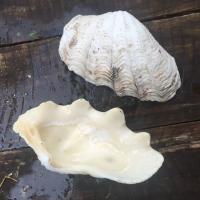
niri nara
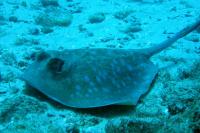
n. Blue-spotted stingray
Example: Photo by Richard Ling / Flickr.com, License: CC BY-NC-SA 3.0 via Fishes of Australia
bookmarknisyeg
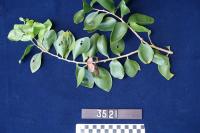
n. tree, 7 m tall (collection: Gregory M. Plunkett #3521)
Example: 1. The inner bark of this plant is used as a dye or paint to provide a brown color. Boil the inner bark in a pot with a shirt and the color of the shirt will be changed to brown. 2. For toothache, people take the inner bark and mix it with sea water, and then rinse the tooth with this mixture to remove the pain. 3a. People macerate the leaves and the bark and when the tide is low, spread this in a pool of water to poison the sea shells that are edible. When they die, the eyes of this organism comes above the sand, indicating where they are, and people harvest and eat them. 3b. To attract and collect clam – NIPJINUMU – scrape bark in a pool of sea water where the clams are attracted immediately and can be collected, coming up from the sand. 4. Firewood, unspecified medical use.
bookmarknitet
n. kind of tree
bookmarknoducnas
n. a bunch of taro
bookmarknohwan nuputu
n. kind of taro
bookmarknoporo pora
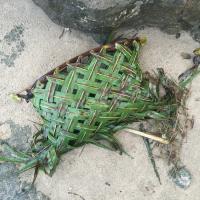
nopropra (~ noporopora ?)

nosocrei
n. kind of plant, grass, or fern
bookmarknowat
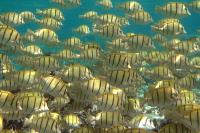
n. Convict surgeonfish, convict tang
Example: Photo by Philippe Bourjon / Fishbase, License: CC BY-SA 3.0 via Fishes of Australia
bookmarknämdokai
tatau
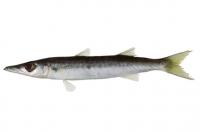
n. Yellowtail barracuda
Example: Photo by ANFC, License: CC BY-NC 3.0 via Fishes of Australia
bookmarktilcenayi
n. full moon
bookmark